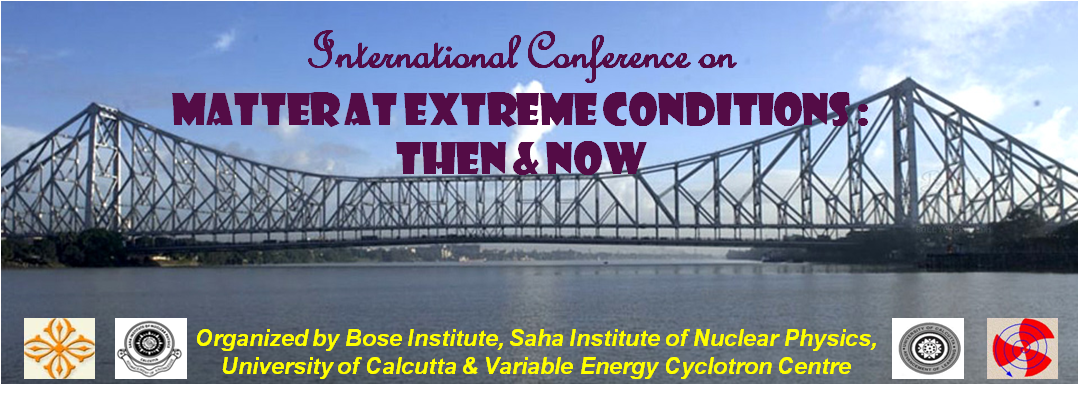Speaker
Dr
Sonali Saha
(Sarojini Naidu College for Women, Kolkata, India)
Description
Active galactic nuclei (AGN), as the unifying scheme to explain various exotic objects like Seyfert galaxies, Quasars, Blazars etc, remain one of the centre of attraction in Astrophysics community for more than couple of decades. Generally a centrally located accreting supermassive ( solar mass) black hole is thought to be playing the role of the gravitational powerhouse of gigantic scale in AGN. The accretion process for such a black hole has been studied and is being studied using general relativistic as well as post Newtonian scheme for various possible flow geometries with different equation of states of the accreted matter. For the sake of simplicity, hydro-dynamical inviscid flow models are generally adopted to get an analytical estimate for those accretion process. At the same time, instead of rigorous general relativistic scheme, in post-Newtonian approach a suitably modified potential in Newtonian framework is chosen to approximate the motion of the matter within a region not too close to the event horizon. In our work, accretion process over a region far beyond the dimension of a single galaxy by a much more massive object (solar mass, a cluster of galaxies or a possible super-giant black hole) has been studied where the large scale feature of the space-time structure of the Universe may be relevant. In the non-rotating limit of the accreting black-hole with accelerated expansion of the Universe, Schwarzschild-de Sitter (SdS) space is chosen to be a suitable one. For a Schwarzschild space the most popular post-Newtonian prescription is Paczynski-Wiita potential. Pseudo-Newtonian potential describing the gravitational field of static and spherically symmetric black holes in the universe with a repulsive cosmological constant, i.e. for SdS space, has been recently introduced by Stuchlik and Kovar. Using this potential, here we have studied the phase topology of the flow and also formation of stationary shocks for transonic flows both in adiabatic and isothermal limits in accretion discs. In AGN, the existence of stationary shock is believed to be a plausible explanation of the extremely hot annular region there. In our study, in adiabatic (and in isothermal) cases, a significant region of parameter space spanned by specific angular momentum-specific enegy (specific angular momentum-flow temperature) allow shock formation and those regions shift in comparison with the same for Schwarzschild case due to the effect of cosmological constant in SdS space.
Summary
The hydrodynamic accretion flow in SdS space has been studied in post-Newtonian approach for different disc models. The transonic flow characteristics and the shock characteristics are found to be appreciably dependent on the accretor mass and the value of the cosmological constant.
Author
Dr
Sonali Saha
(Sarojini Naidu College for Women, Kolkata, India)
